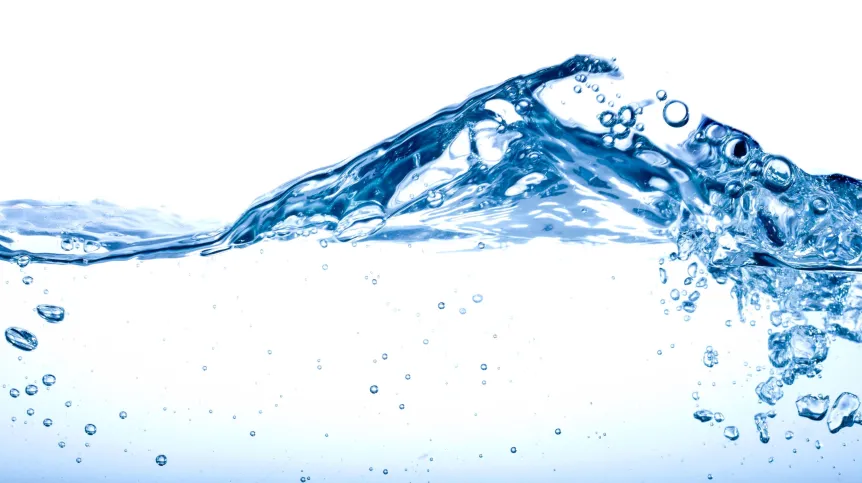
A team of Polish scientists from Gdańsk and Wrocław has secured a patent for a breakthrough method of removing endocrine-disrupting chemicals (EDCs) from water, potentially transforming wastewater treatment and reducing environmental contamination.
The technology, developed by researchers from the Intercollegiate Faculty of Biotechnology at the University of Gdańsk and the Medical University of Gdańsk, in collaboration with the Wrocław University of Science and Technology, uses non-thermal atmospheric plasma to eliminate biologically active compounds, including pharmaceutical residues, from surface water.
According to the inventors, the method significantly lowers the cost of treatment compared to traditional approaches.
In a press release issued by the University of Gdańsk, spokesperson Magdalena Nieczuja-Goniszewska said the patented process involves a specially designed flow-through system where a water solution is exposed to cold plasma generated by a glow discharge in air at atmospheric pressure.
She added that the system does not rely on noble gases, reducing operational costs and improving scalability.
Dr hab. Magda Caban, prof. UG przekazała, że zimna plazma atmosferyczna jest obiecującą technologią do oczyszczania ścieków, oferującą wiele korzyści w porównaniu z tradycyjnymi metodami, w tym wysoką skuteczność, bezpieczeństwo dla środowiska i łatwość zastosowania.
Key advantages of the method include its ability to simultaneously target and degrade at least seven different biologically active contaminants, continuous operation, and the elimination of the need for harmful reagents such as reducing agents or oxidants.
It could also find applications in industries such as the pharmaceutical industry and agriculture, reducing the negative impact of this type of infrastructure on the natural environment.
Magda Caban from the University of Gdańsk said that cold atmospheric plasma is a promising technology for wastewater treatment and offers high efficiency, environmental safety, and ease of use compared to conventional methods.
The invention has been successfully tested in laboratory conditions. Researchers now aim to move forward with real-world trials and prepare for industrial implementation.
Potential applications include the pharmaceutical and agricultural sectors, where the system could mitigate the environmental footprint of chemical pollutants. (PAP)
PAP - Science in Poland
pm/ agt/













